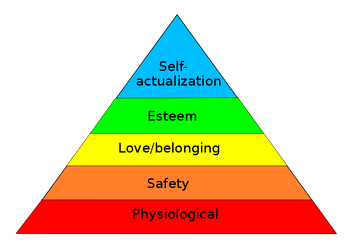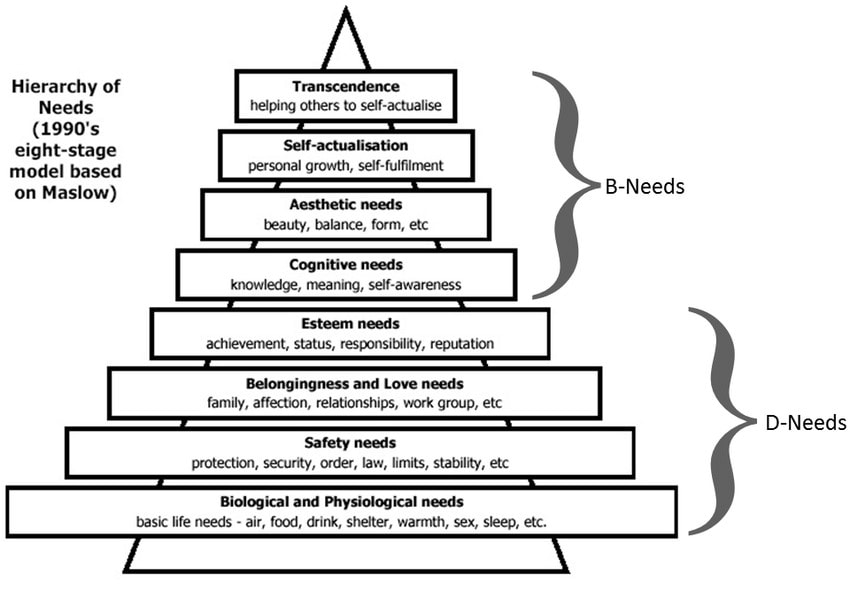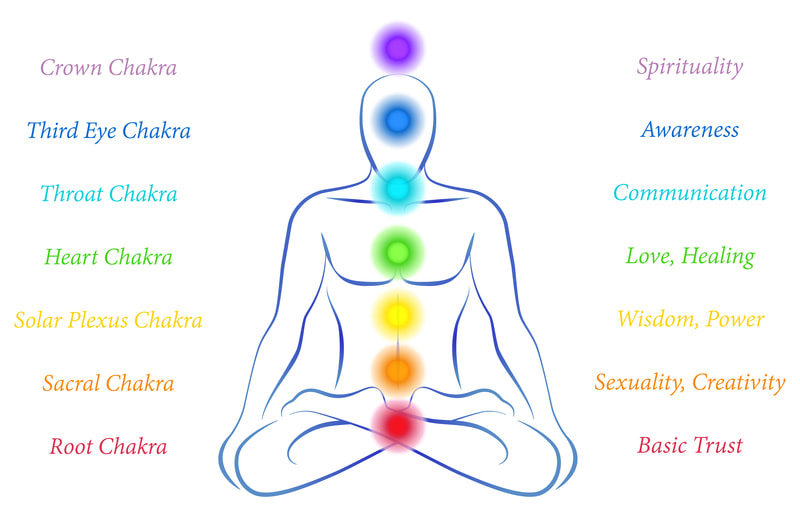Learned
|
|
Uncertainty in our times
requires thinking strategically and Tactically combined with systemic and systematic approaches fit for the journey. a holistic view sees the whole is greater than the sum of its parts. |







 RSS Feed
RSS Feed
